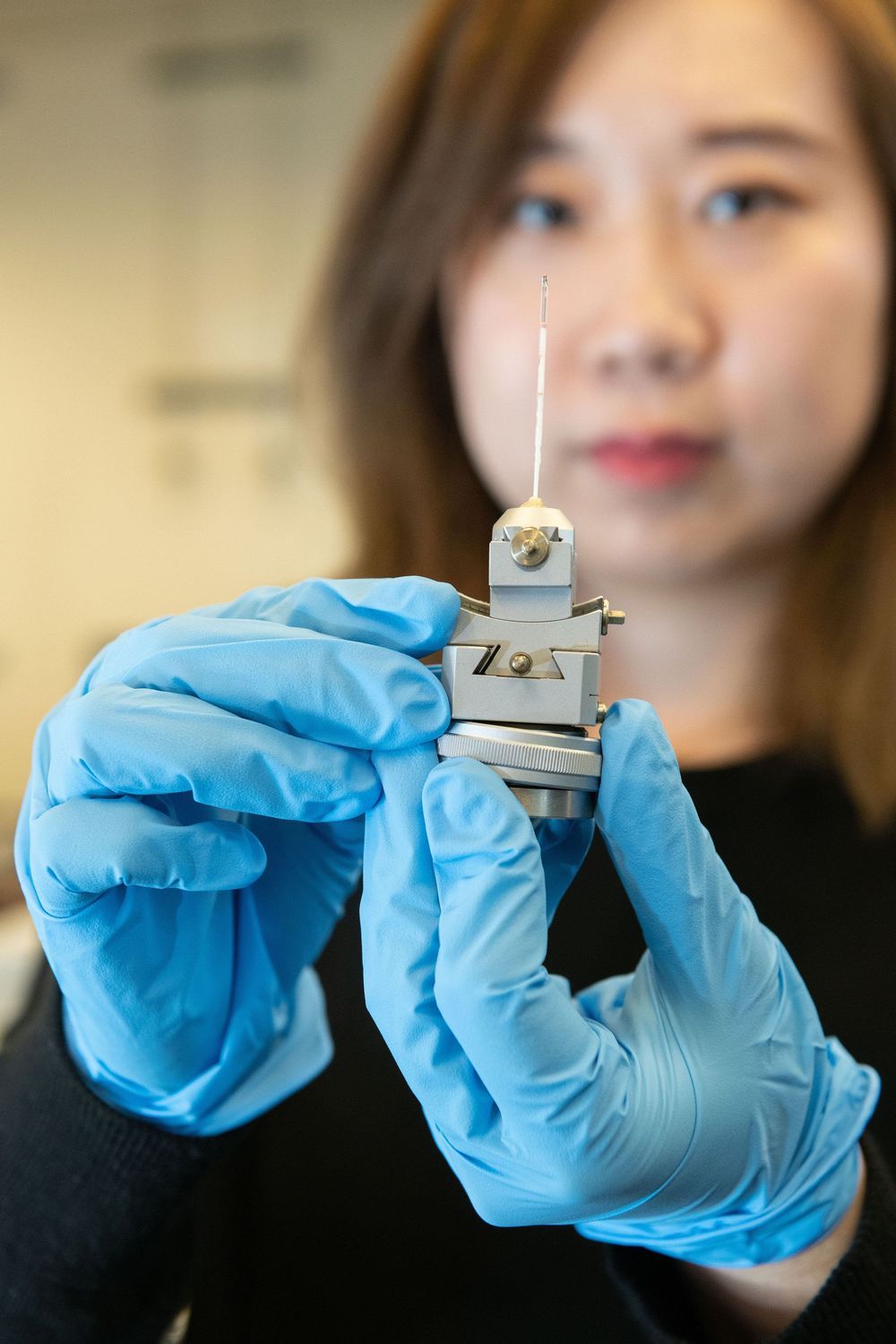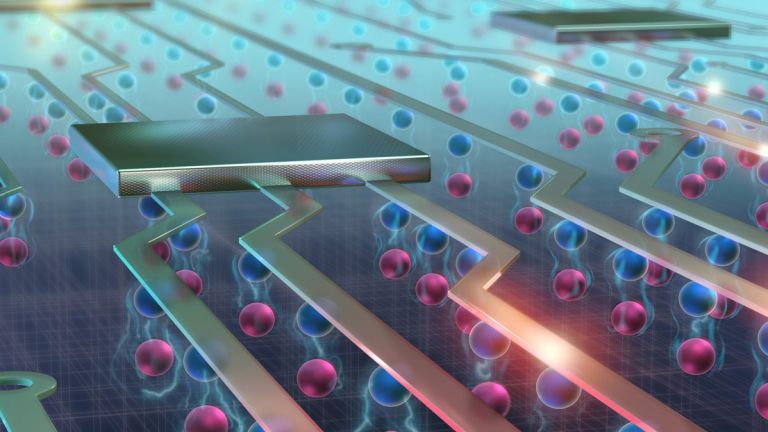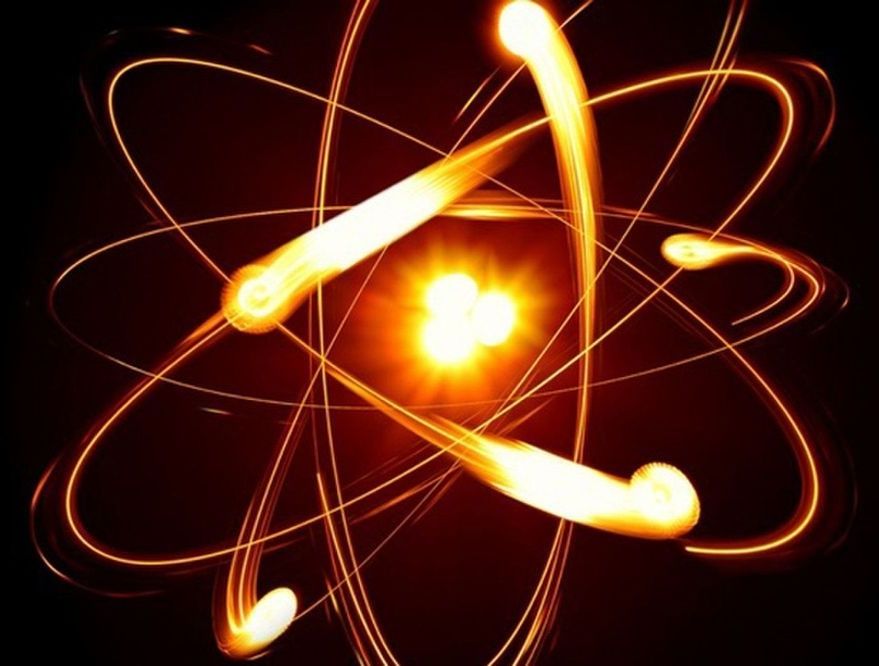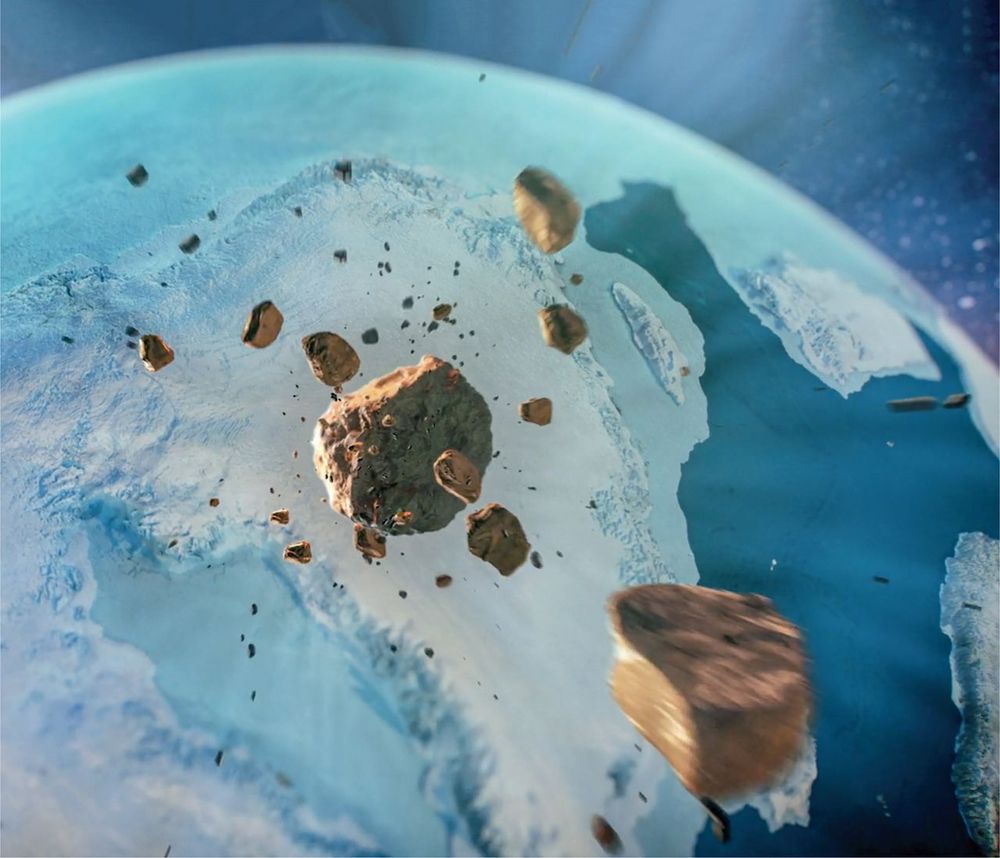New kinds of messengers from the distant universe are joining the photons collected by telescopes—and revealing what light can’t show. So-called multimessenger astrophysics got started with high-speed particles called cosmic rays and gravitational waves, the ripples in space-time first detected in 2015 that Science named Breakthrough of the Year in 2016. This year, another messenger has joined the party: neutrinos, tiny, almost massless particles that are extraordinarily hard to detect.
Snaring one of these extra-galactic will-o’-the-wisps took a cubic kilometer of ice deep below the South Pole, festooned with light detectors to record the faint flash triggered—very rarely—by a neutrino. Known as IceCube, the massive detector has logged many neutrinos before, some from outside the Milky Way, but none had been pinned to a particular cosmic source. Then, on 22 September 2017, a neutrino collided with a nucleus in the ice, and the light sensors got a good fix on the direction it had come from.
An alert sent out to other telescopes produced, after a few days, a match. As the researchers reported in July, NASA’s Fermi Gamma-ray Space Telescope found an intensely bright source known as a blazar right where the neutrino appeared to come from. A blazar is the heart of a galaxy centered on a supermassive black hole, whose gravity heats up gas swirling around it, causing the material to glow brightly and fire jets of particles out of the maelstrom.







